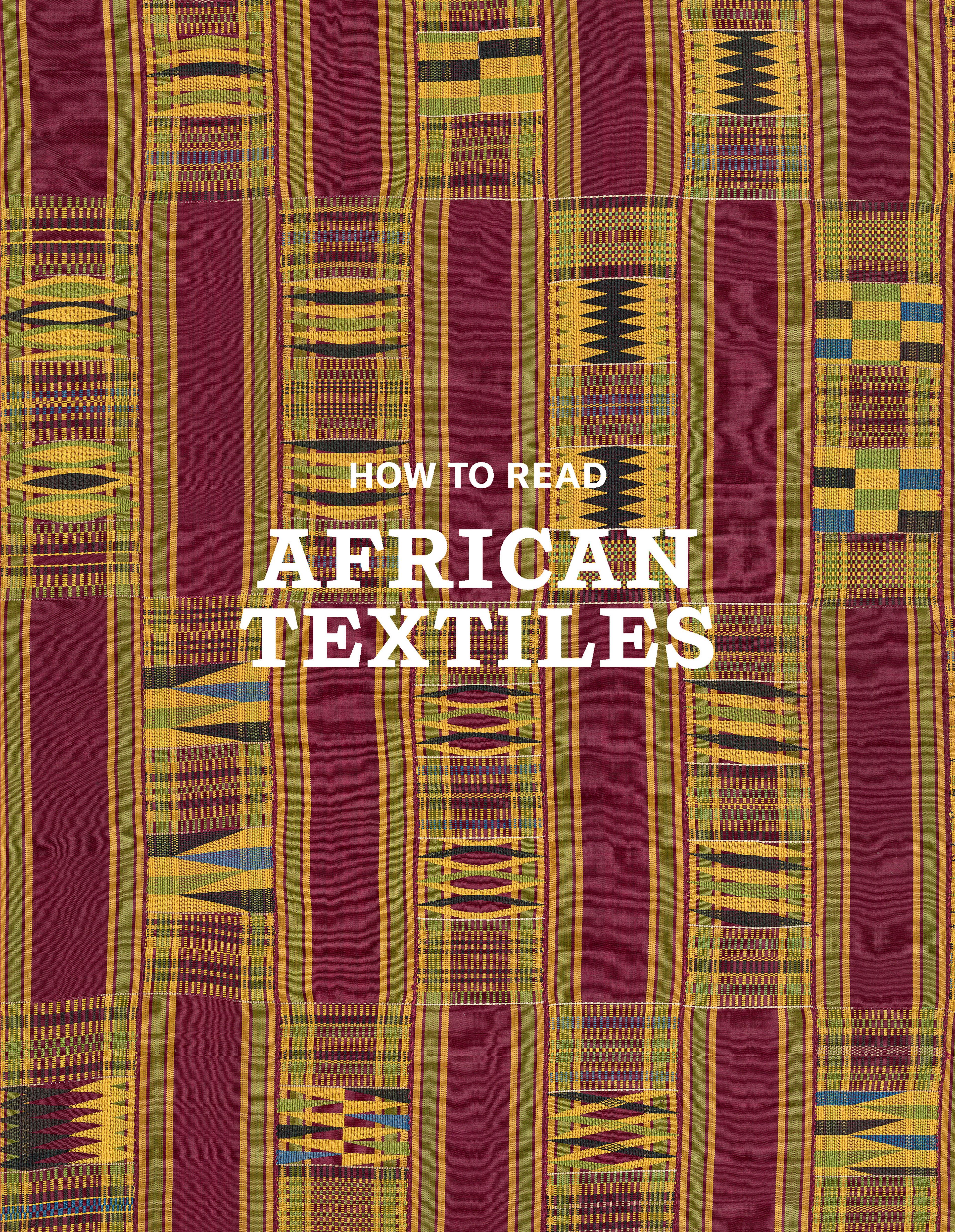Prestige gown
Richly embroidered indigo-dyed tunics have come to define a fashion embraced by aristocrats of the northwest Grassfields. Forerunners of these "Grassfields gowns" were introduced by the Chamba, who arrived from the northern Benue River region in present-day Nigeria during the early nineteenth century. Such garments are a collaborative effort, requiring the expertise of both a tailor and an embroidery specialist. The body and sleeves of this example feature large, centrally placed crocodiles and protective crosses, surrounded by smaller motifs related to agriculture and the settling of the land. This design scheme was likely adapted from that of Wukari Royal Cloth, a fabric imported by Grassfields rulers from their northern Jukun neighbors.
Artwork Details
- Title:Prestige gown
- Date:early–mid-20th century
- Geography:Cameroon, Northwestern highlands
- Culture:Grassfields region
- Medium:Cotton, wool, dye
- Dimensions:W. 88 × H. 45 in. (223.5 × 114.3 cm)
- Classification:Textiles-Woven
- Credit Line:Purchase, Dr. and Mrs. Sidney Clyman Gift and Rogers Fund, 1987
- Object Number:1987.163
- Curatorial Department: The Michael C. Rockefeller Wing
More Artwork
Research Resources
The Met provides unparalleled resources for research and welcomes an international community of students and scholars. The Met's Open Access API is where creators and researchers can connect to the The Met collection. Open Access data and public domain images are available for unrestricted commercial and noncommercial use without permission or fee.
To request images under copyright and other restrictions, please use this Image Request form.
Feedback
We continue to research and examine historical and cultural context for objects in The Met collection. If you have comments or questions about this object record, please contact us using the form below. The Museum looks forward to receiving your comments.
